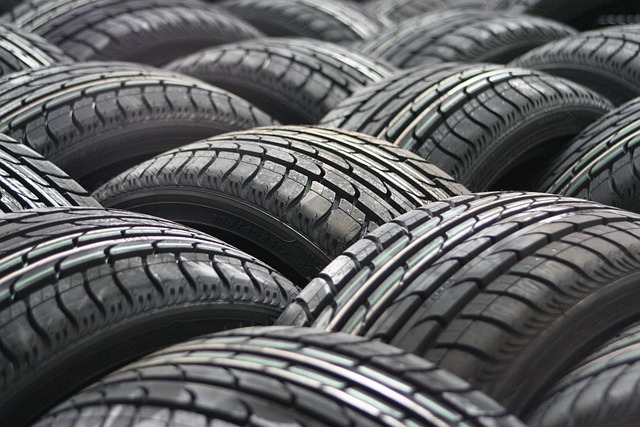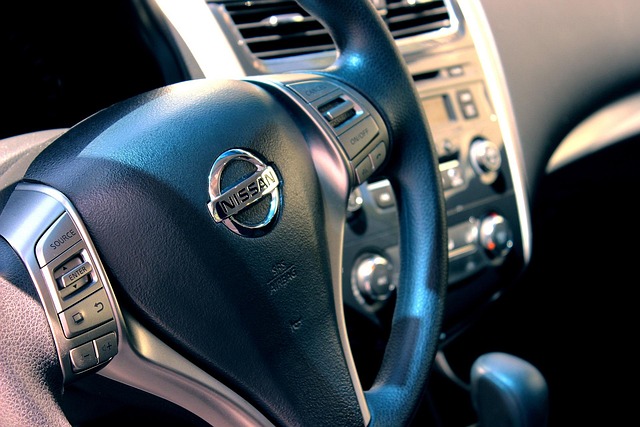Looking to register your car in California? This comprehensive guide will walk you through the process, ensuring a smooth transition. From understanding essential requirements, gathering vital documents, to visiting a DMV office and completing applications, we’ve got you covered. We’ll also discuss paying registration fees and obtaining your unique license plate. Remember to utilize tools like a VIN verifier for accurate data before beginning.
- Understand California Car Registration Requirements
- Gather Necessary Documents for Car Registration
- Visit a California Department of Motor Vehicles (DMV) Office
- Complete and Submit Your Vehicle Registration Application
- Pay the Required Registration Fees and Receive Your Plate
Understand California Car Registration Requirements

Before registering your car in California, it’s crucial to understand the state’s specific requirements. One key aspect is ensuring your vehicle’s Vehicle Identification Number (VIN) is accurate and verified. In California, this process typically involves a VIN inspection by an approved examiner or, in some cases, a mobile VIN verifier can be used for convenience. The primary goal of this verification step is to confirm the authenticity of your car’s information, including its make, model, year, and ownership history.
A valid and correct VIN is essential as it allows California’s Department of Motor Vehicles (DMV) to track vehicle history, ensuring safety standards are met and helping to prevent fraud. This verification process can be completed at a DMV office or, for added flexibility, through a mobile VIN inspection service that comes to you. Utilizing a mobile vin verifier can streamline the registration process, making it more efficient for both you and the DMV.
Gather Necessary Documents for Car Registration

Before you start the registration process, ensure you have all the required documents for a smooth and efficient car registration in California. The key document is the Vehicle Identification Number (VIN) verifier, which can be obtained through a mobile VIN inspection or by checking your vehicle’s documentation. This unique 17-character code is essential as it allows the California Department of Motor Vehicles (DMV) to verify ownership and ensure the vehicle’s history is clear.
During the registration process, you’ll need to present proof of ownership, typically through a signed title document. Additionally, a current vehicle inspection report or valid registration from another state might be required. It’s advisable to check with your local DMV office for their specific list of acceptable documents, as they may have additional guidelines, especially when it comes to out-of-state registrations or older vehicles.
Visit a California Department of Motor Vehicles (DMV) Office

To start the registration process for your car in California, visit a local California Department of Motor Vehicles (DMV) Office. Here, you’ll engage with knowledgeable staff who can guide you through each step. Bring all necessary documents, including proof of ownership and identification. One crucial tool to have on hand is a valid Vehicle Identification Number (VIN) verifier, which ensures the vehicle’s identity and helps prevent fraud. This can be done through a traditional DMV visit or by utilizing services like a mobile VIN verifier for added convenience.
Additionally, you may opt for a vin inspection to verify the vehicle’s condition and history before registration. Many mobile VIN inspection services are available, offering the same comprehensive checks as a standard DMV inspection but with the added flexibility of coming to your location. This streamlined approach ensures that registering your car in California is a hassle-free experience.
Complete and Submit Your Vehicle Registration Application

After gathering all the required documents, it’s time to complete and submit your Vehicle Registration Application. This process is a crucial step in ensuring your car’s legal status in California. Start by filling out the application form accurately, providing detailed information about your vehicle, including its make, model, year, and unique VIN (Vehicle Identification Number). The VIN is a critical component of the registration process and can be easily verified using a mobile vin verification service for added convenience and accuracy.
Once you’ve completed the form, submit it along with the necessary fees to the California Department of Motor Vehicles (DMV) office or through their online portal. Remember to include any additional documents required, such as proof of insurance and vehicle inspection stickers, if applicable. A successful vin inspection ensures that your car meets all safety and environmental standards set by the state, making it a seamless process for you and your vehicle.
Pay the Required Registration Fees and Receive Your Plate

After completing your vehicle’s registration application, it’s time to pay the necessary fees. The cost of registering a car in California varies based on factors like the type of vehicle and its age. You can usually do this at a local Department of Motor Vehicles (DMV) office or online through their secure payment portal. Some counties might offer additional options for mobile vin inspection or mobile vin verification services, which could streamline the process if you’re unable to visit a DMV in person.
Once your registration is processed, you’ll receive your vehicle’s license plate and any necessary documents. Ensure these match the details on your application, including the unique identifier (VIN). The VIN verifier tool can be employed to double-check this information, providing peace of mind that everything is accurate and legal.
Registering a car in California is a straightforward process that requires understanding the state’s requirements, gathering essential documents, and visiting a local DMV office. By completing the steps outlined in this article—from verifying your Vehicle Identification Number (VIN) to submitting the application and paying fees—you’ll be on your way to becoming a legal California vehicle owner in no time. Remember to keep your registration up to date to avoid any penalties and ensure a smooth driving experience.
